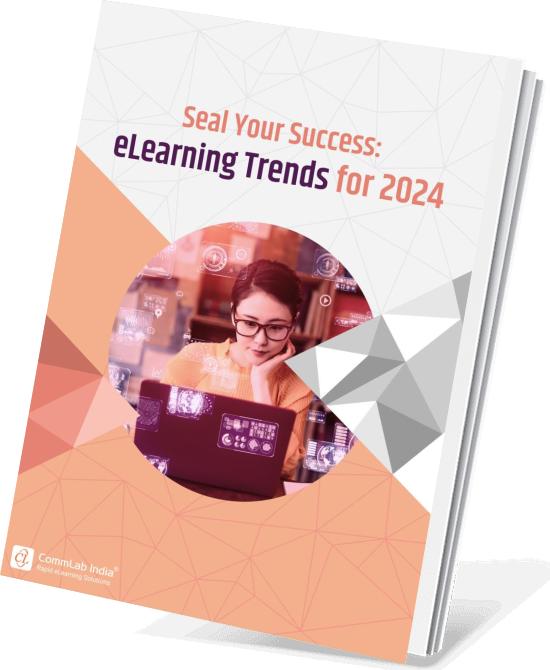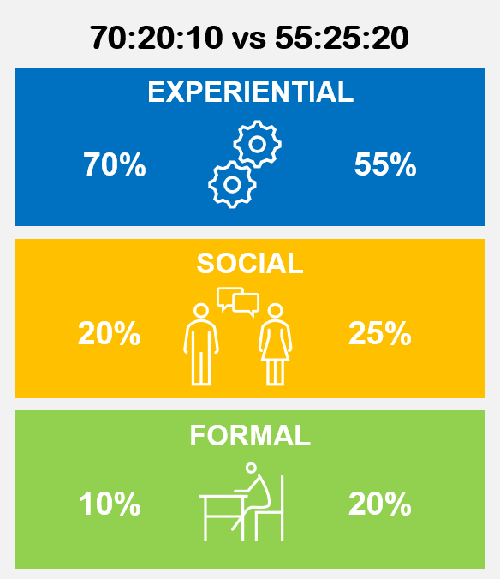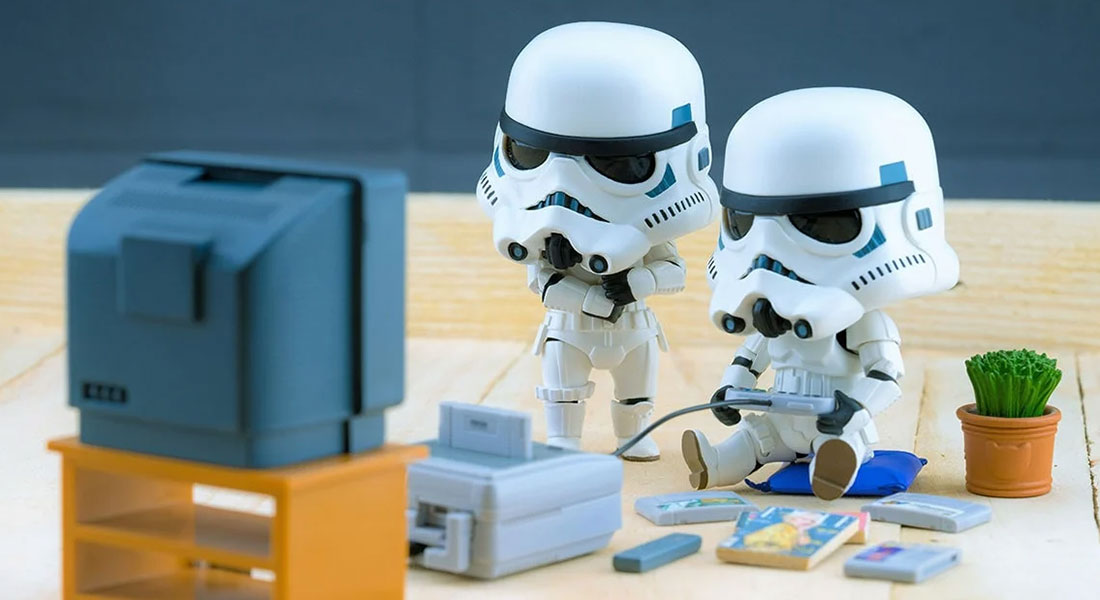Help Corporate Training Break Free from Monotony This Independence Day

Individual freedom is upheld in the United States of America. Every citizen is encouraged to have opinions and express them. Innovation, creativity, and originality are celebrated. The country stands on the solid foundation of its Declaration of Independence. The United States Declaration of Independence, a document that announced the separation of 13 North American British colonies from Great Britain was officially adopted by the Congress on July 04, 1776 (after a few edits to the first draft).
Change is vital, inevitable, and important. It is necessary for organic growth and progress. Do you know that even today history is being rewritten – the history of corporate training? Changing learner preferences, global issues, and momentous events are all making way for newer, online training methods that afford flexibility, instant access, and more.
→ Download eBook- Making a Business Case for eLearning [eBook]
How will online training help? It is dynamic. It keeps up with the pace of change with smarter technology and new-age learning strategies. Let’s explore some of these this weekend.
New-age Learning Strategies and Framework
1. Virtual Instructor-Led Training (VILT)
Our freedom has been restricted due to the ongoing pandemic. It has limited human interaction and left us confined to the walls of our houses. This has impacted the society, work, and corporate training greatly.
One way to take control of this grim situation is through virtual instructor-led training. We can use it to supplement human interaction in online training and also let learners stay in touch to keep the morale up.
We can use wonderful technological tools to replicate classroom interaction in VILT. Here are a few simple ways to do so:
Chats to let learners and instructors talk each other in an informal setting to replicate our coffee break meetings. Polls to collect opinions and feedback. Annotations to let learners share their choices and get to know those of their peers.
Breakout rooms are another great way to promote social learning and replicate the collaboration and peer-to-peer interaction afforded by the classroom. They are smaller virtual rooms where groups of learners can meet to discuss, share opinions, or participate in group activities.
2. Microlearning
Millennials prefer listening to their heart and enjoy short bytes which appeal to their creative nature. It gets hard to capture and keep their attention though. In the world of 15-second stories and 30-second reels, do you see your lengthy, monotonous online training courses getting lost? Are you, as a training manager, facing issues reinforcing training and keeping retention rates high?

eLearning Trends for 2024
Seal the Deal with Success
- Training Formats for Upskilling and Reskilling
- Popular AI Tools for L&D
- Mastering the New-Age Learning Formats
- And More!
Microlearning is the answer to all these problems. Provide learners with “bite-sized” bits of information that are engaging and focus on need-to-know information. When their heads are overwhelmed with information too these easy-to-revisit micro assets go a long way in reinforcing performance-based learning objectives.
Some easy ways to integrate microlearning in corporate training can be:
- Video snippets to welcome new hires or introduce changes
- Software simulations to teach/test software usage
- Scenarios – standalone or as a quiz – to offer experiential learning
- Games and quizzes for assessments
- Infographics to showcase dos and don’ts
3. Holistic Learning Solutions based on the 55:20:20 Model
Freedom provides us a sense of safety. This lets us explore and examine the information we rely on and believe to be true. And it’s time to relook the 70:20:10 model on which many learning and development decisions are based. We are witnessing a gradual shift in the model with formal training gaining prominence – the 55:25:20 as also explained in this report by Training Industry Inc.
In light of new information, let’s see how the world can leverage the flexibility provided by blended learning – especially considering the current pandemic. Let’s discuss blended learning strategies with the lens of online learning.
- Experiential learning (55%) can be provided with scenario-based eLearning, simulations, and immersive courses which let learners learn by doing.
- Social learning (25%) can be promoted using your social media channels, user-generated content, webinars, and more.
- Formal learning (20%) can be offered through eLearning curriculums and virtual instructor-led training (VILT).

Parting Thoughts
We wish you a very happy 4th of July. I hope your day is filled with gratitude, fireworks, and promise. As we all march toward development, let’s take a close look at the eLearning trends 2021 has to offer. With half of the year done, let’s align the other half brilliantly with progress. Check our eBook for a view from the trenches. The only way to go now is up!






